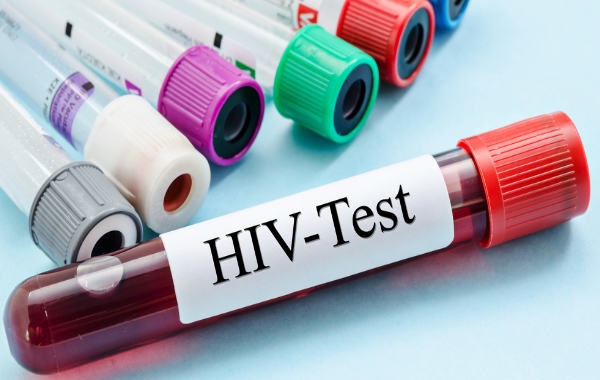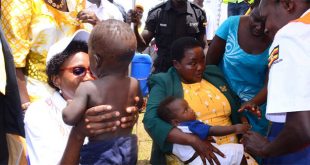
What the research found
To estimate the contribution of deaths in HIV-exposed but uninfected infants to the overall infant mortality rates we used previously published research comparing the mortality risk in HIV-exposed uninfected infants to risk of mortality in unexposed infants, as well as United Nations estimates of infant mortality in Botswana and South Africa.
In Botswana, HIV exposed uninfected infants accounted for 26% of the infant population but 42% of all infant deaths. Similarly, in South Africa HIV exposed uninfected infants accounted for 23% of the infant population but 38% of all infant deaths.
Putting this into actual numbers, this extra mortality in HIV exposed uninfected infants increased the overall HIV-uninfected infant mortality rate in both Botswana and South Africa from around 30 deaths per 1000 infants to 35 deaths per 1000 in the year 2013.
Botswana and South Africa have adopted the World Health Organisation’s recommendation to provide lifelong antiretrovirals to all pregnant and breastfeeding women with HIV. But there’s a lack of research comparing the mortality of HIV-exposed to unexposed infants under these new guidelines. Our calculations are therefore based on the year 2013, the most recent year before policy shifts in both countries. There is emerging evidence though of a persisting increase in mortality in HIV-exposed infants even with maternal antiretroviral therapy.
What next
With 1 in every 4 children in Botswana and South Africa being HIV and ARV-exposed, robust systems need to be put in place to monitor the long-term safety of these exposures during pregnancy. Countries need to invest in research to understand why HIV-exposed children still have an increased risk of dying. And countries need to ensure that routine child health interventions, such as immunisations and promotion of optimal durations of breastfeeding, are uniformly reaching HIV-exposed children.
Most critically, countries like South Africa and Botswana with high HIV infection rates need to find responsible, transparent and accurate ways of sharing what is known and being done about the risks of HIV-exposure with HIV-affected families and involve them in finding solutions.
****
Amy Slogrove is Senior lecturer in Paediatrics and Child Health, Stellenbosch University, Kathleen M. Powis is Assistant Professor, Harvard Medical School, Mary-Ann Davies is Associate Professor and Director of the Centre for Infectious Diseases Epidemiology and Research, University of Cape Town.
Source:theconversation
 The Independent Uganda: You get the Truth we Pay the Price
The Independent Uganda: You get the Truth we Pay the Price




Thanks extremely helpful. Will certainly share website with my friends. http://pillole-contro-la-calvizia-it.eu/